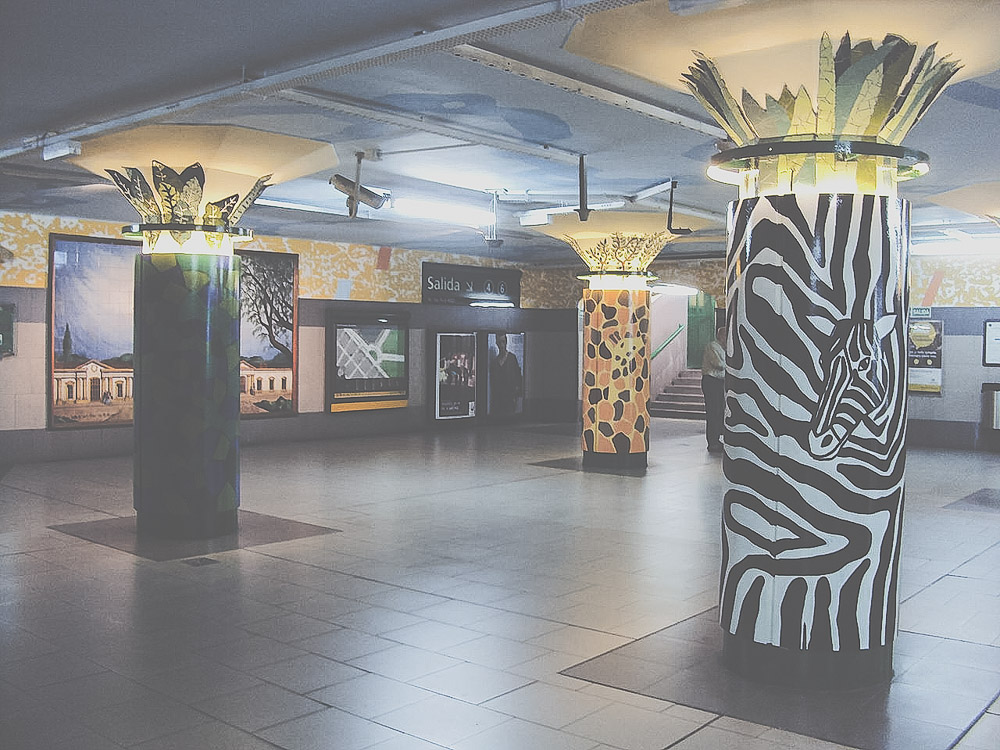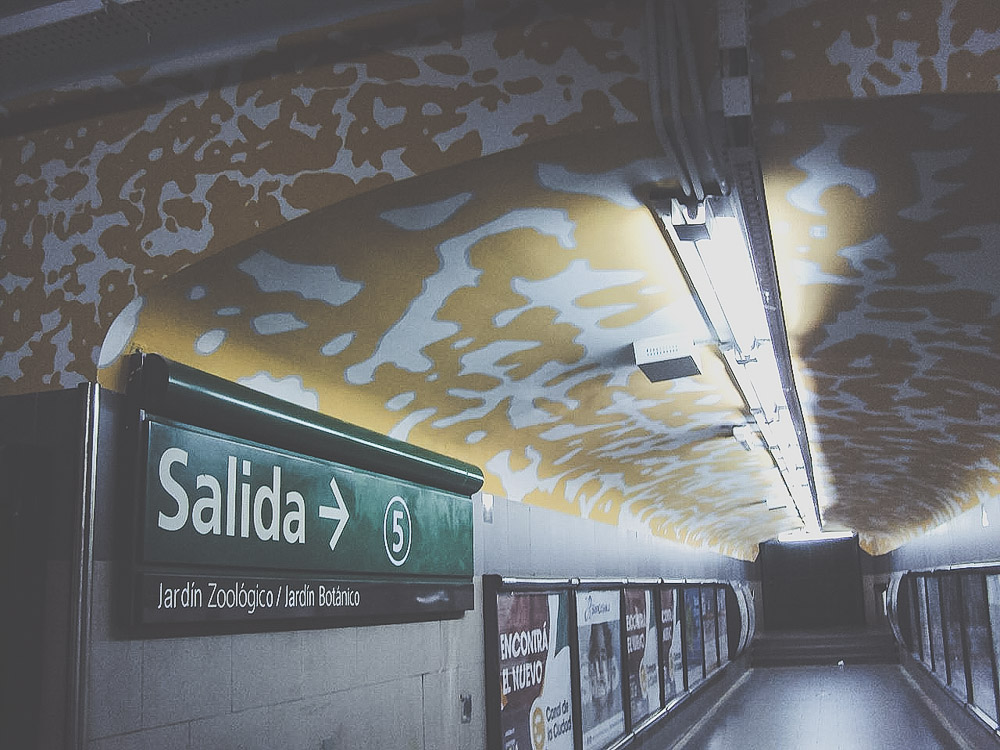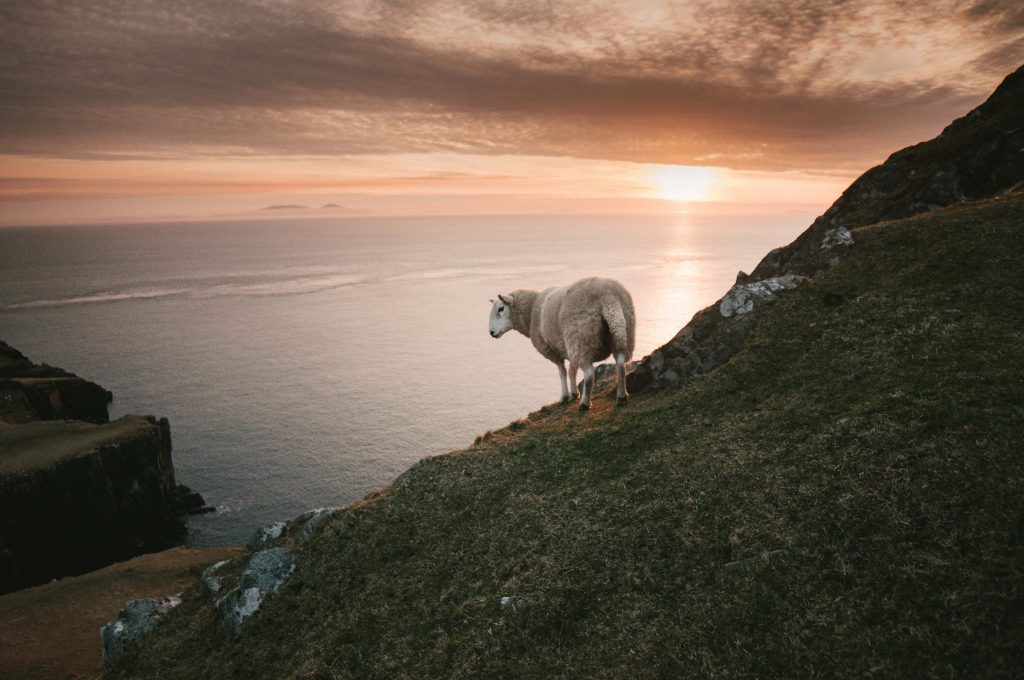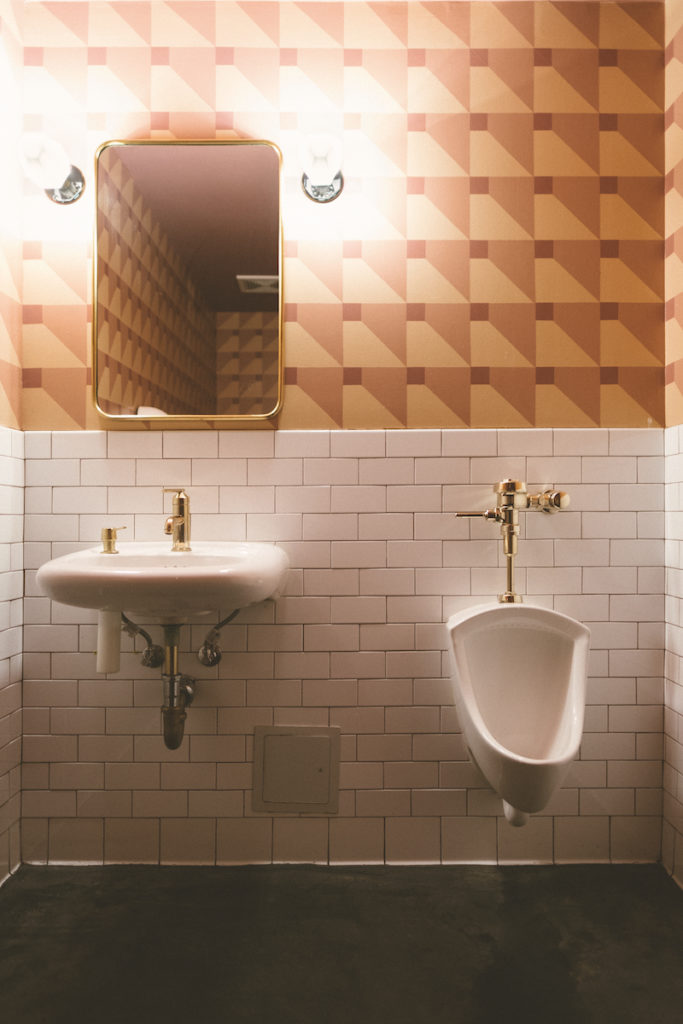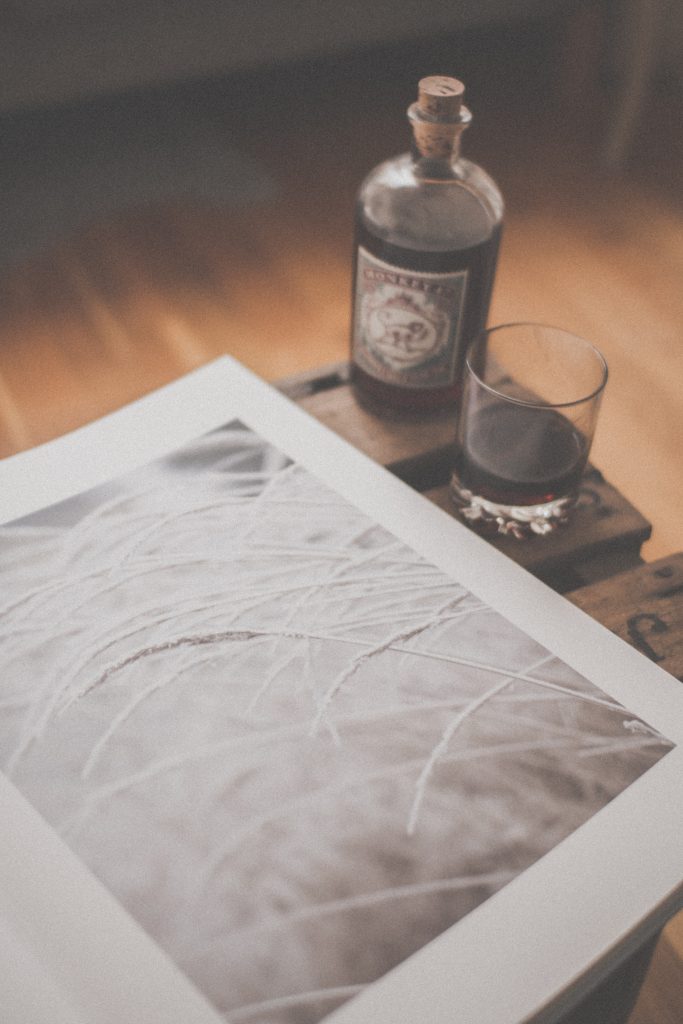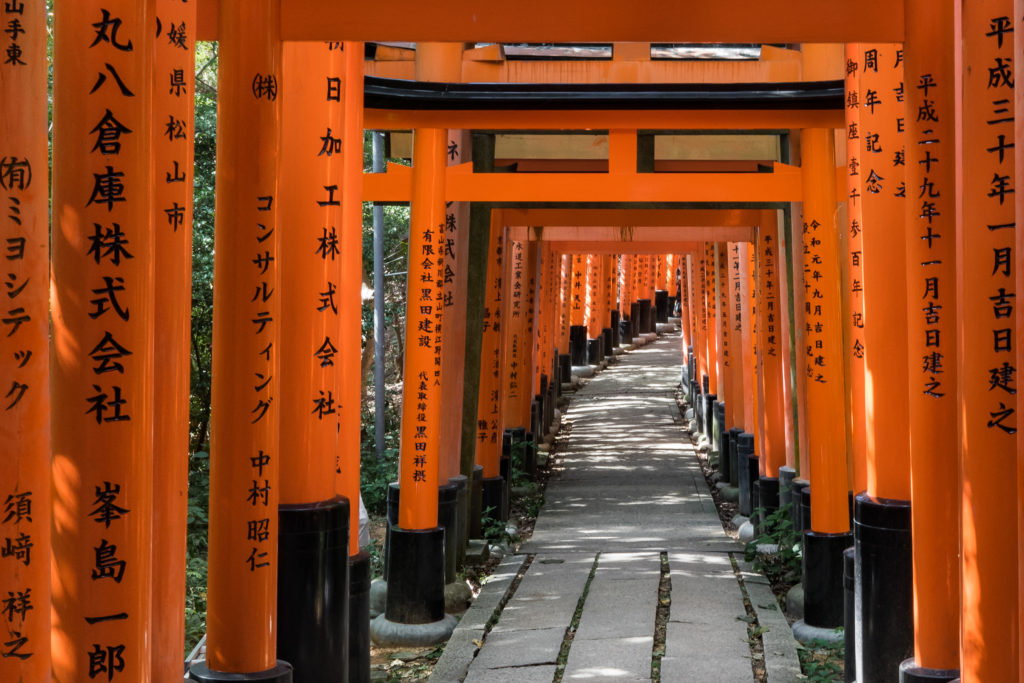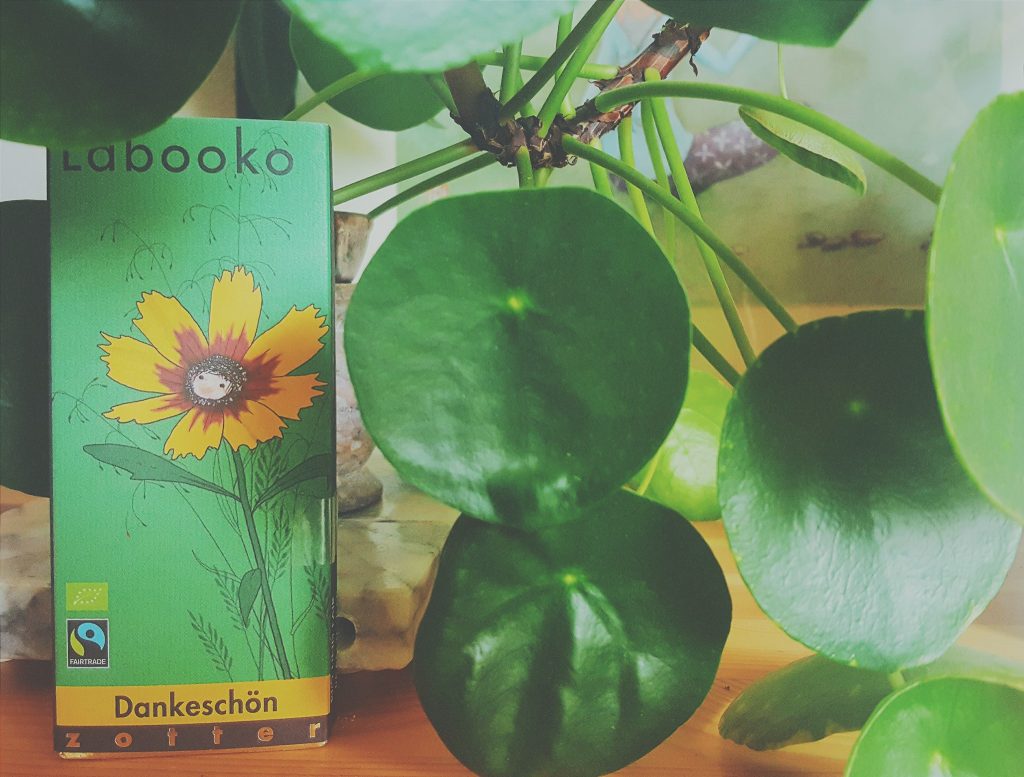Near the southern tip of Buenos Aires, in the neighbourhood of Barracas, lies one of the city’s most unique streets. In an ideal world, it would be a regular tourist spot: gorgeous, unusual and surprising. But few visitors know about it, and many locals have never heard of it. Nudged amidst aging buildings in a working class district, Lanín Street, which spans three blocks between Brandsen Street and Suárez Avenue, breaks with the monotony of the outlying urban landscape. Across its length the fronts of every house are decorated with Venetian mosaics organised in abstract patterns: blue, white, and green stripes coil between windows and door frames; clusters of bubbles float above a garage; blue lines zigzag on a white wall; and white and red splotches litter a blue background.
This is the work of Marino Santa María, an artist who grew up in this very area. Indeed, the first house he plied his art was his own childhood home, which is now his studio. When his neighbours caught a glimpse of his project in 2001, they clamoured to participate in it, and before long, Santa María began crafting colourful arrangements for many nearby houses.
– I didn’t train to do public art, but to be in museums or sell through galleries. I’m not against that, yet what happened was that I felt a need to step away from the easel, admits Santa María.
And so, the neighbourhood became his workshop.
– I would give a draft to my assistants and they would freely translate the design onto a building’s façade. Then I would go and I would approve it or not. If not, the design would be erased and we would start again, he explains.
At first, the houses were only painted over, but after a few years, wear and tear required a new approach to avoid the need for constant maintenance.
– We had to repaint everything and I wasn’t in the mood, remembers Santa María.
So, in 2005, he secured financial backing from the city government and Murvi, a company specialising in Venetian mosaics, and Lanín Passage took on its now distinctive shape.
– With the shift to mosaics, I altered the colour of some houses, but not their designs. I started to add reliefs or tiles, use less paint, and consider different possibilities, he says.
Although Lanín Street is his most representative work, Santa María has kept busy, usually putting to use his characteristic Venetian mosaics. He crafted a massive mural of two pregnant women for a maternity ward, and for the British Hospital, he decorated an entire outer wall with abstract patterns, which aim to “accompany people as they walk by”.
In 2013, through the city government, he was sent to Medellin, Colombia, where he installed a mural of tango singer Carlos Gardel, next to the airport where the icon met his untimely death following a tragic plane crash. Most recently, in 2014, he redecorated the Plaza Italia subway station.
– It’s something different, argues Santa María. It’s not a wall or a mural. It’s a whole ambience, with revamped hallways, ceilings, and columns, adorned with allusions to landmarks bordering the station. For instance, one of the columns evokes the texture of animals contained in the nearby zoo: tigers, zebras, turtles, giraffes, bears, and elephants. Another column portrays jasmines, tulips, and the red flowers of the Cockspur Coral Tree, all found in the adjacent botanical garden. Later this year, he is set to renovate another subway station, Carlos Gardel, with mosaicked portraits of the eponymous singer.
Yet, Santa María’s transformations of public space began with Lanín Street.
– It was my way of giving something back to the neighbourhood, generate a better quality of life, he admits.
Nowadays, he wonders what the future may hold: How many paintings have been produced only for them to disappear because no one wanted them? Art has that crux to it. I hope Lanín Passage endures. With mosaics it’ll last a bit more than with paint. For now, it has stood its ground against time, as it waits for more people to discover it in southern Buenos Aires.
